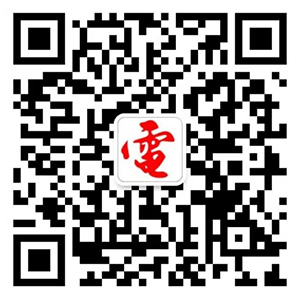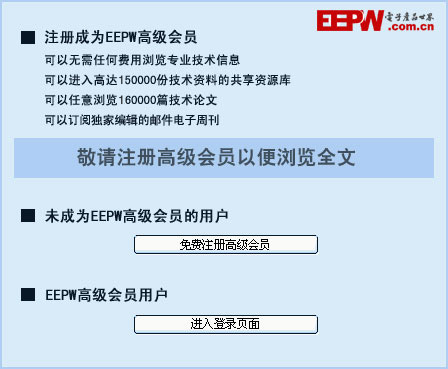DVB-T Receiver Reference Desig
DVB-T Receiver Reference Design with the MAX3580
Abstract: The MAX3580 DVB-T reference design meets NorDig 1.0.3 and MBRAI requirements. This NIM design includes the MAX3580 direct-conversion tuner and a DVB-T demodulator/decoder. A discrete, active loop-through with low power consumption and low cost is included. Target applications include digital televisions, digital terrestrial set-tops, laptop televisions, automotive televisions, and USB peripherals.  Figure 2. System block diagram
Figure 2. System block diagram  Figure 4. UHF sensitivity measures better than -96dBm for QPSK modulation and Code Rate 1/2 Figure 5. The adjacent channel selectivity (ACS) is better than 32dBc for N ±1 digital adjacents and better than 38.5dBc for N ±1 analog adjacents. These measurements show MBRAI compliance for category a/b1 requirements
Figure 4. UHF sensitivity measures better than -96dBm for QPSK modulation and Code Rate 1/2 Figure 5. The adjacent channel selectivity (ACS) is better than 32dBc for N ±1 digital adjacents and better than 38.5dBc for N ±1 analog adjacents. These measurements show MBRAI compliance for category a/b1 requirements  The MAX3580 fully integrated, direct-conversion TV tuner is designed for digital video broadcasting-terrestrial (DVB-T) applications. The integrated tuner covers a 170MHz to 230MHz input frequency range for the VHF-III band and 470MHz to 878MHz for the UHF band.The MAX3580 integrates an RF input switch and a multiband tracking filter, allowing low-power tuner-on-board applications without the cost and power-dissipation issues of dual-conversion tuner solutions. The zero-IF architecture eliminates the need for SAW filters by providing baseband I and Q outputs directly to the demodulator. In addition, DC-offset cancellation is implemented on-chip using a mixed-signal architecture to improve the second-order distortion performance and the dynamic range of the downstream digitizer and demodulator.The MAX3580 communicates using a 2-wire serial bus. The device typically operates from a +3.3V power supply, dissipating 650mV. The MAX3580 is available in a small 32-pin thin QFN package (5mm x 5mm) with an exposed paddle. Electrical performance is guaranteed over extended -40°C to +85°C temperature range.
The MAX3580 fully integrated, direct-conversion TV tuner is designed for digital video broadcasting-terrestrial (DVB-T) applications. The integrated tuner covers a 170MHz to 230MHz input frequency range for the VHF-III band and 470MHz to 878MHz for the UHF band.The MAX3580 integrates an RF input switch and a multiband tracking filter, allowing low-power tuner-on-board applications without the cost and power-dissipation issues of dual-conversion tuner solutions. The zero-IF architecture eliminates the need for SAW filters by providing baseband I and Q outputs directly to the demodulator. In addition, DC-offset cancellation is implemented on-chip using a mixed-signal architecture to improve the second-order distortion performance and the dynamic range of the downstream digitizer and demodulator.The MAX3580 communicates using a 2-wire serial bus. The device typically operates from a +3.3V power supply, dissipating 650mV. The MAX3580 is available in a small 32-pin thin QFN package (5mm x 5mm) with an exposed paddle. Electrical performance is guaranteed over extended -40°C to +85°C temperature range.



评论